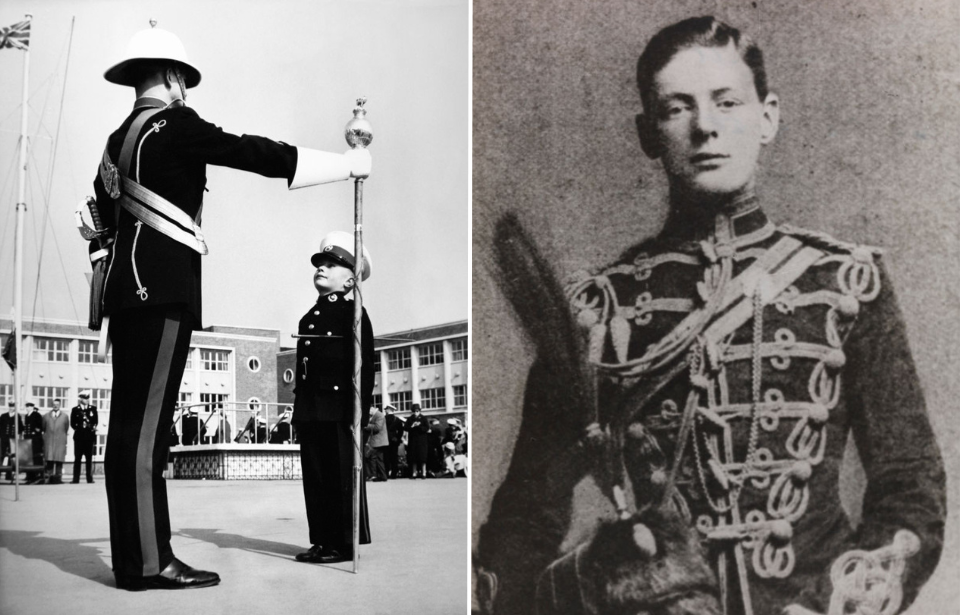Ranks signify a service member’s position within the hierarchical structure of a military organization, delineating their command level, responsibilities, placement and influence. Throughout history, numerous ranks have emerged and subsequently phased out, often tied to roles or duties that have become obsolete.
In recent times, military restructuring has led to the retirement of several traditional ranks. Below are examples of specialized and lesser-known ones that have fallen out of use.
Cornet
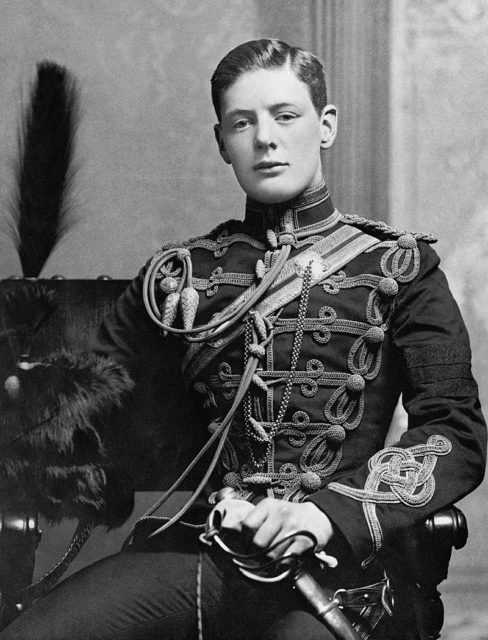
Cornet served as the lowest level for a commissioned officers in the British cavalry, ranking below lieutenant and captain. Its name came from the trumpet-like instrument traditionally played by a cornet player within each cavalry unit. However, it’s worth noting that the player themselves was not referred to as a “Cornet.”
The rank became obsolete within the British military in 1871 following the implementation of the Cardwell Reforms. It’s modern-day equivalent is the second lieutenant. Besides the British, other nations also used the rank of cornet. Notably, former British Prime Minister Winston Churchill held this rank during his service with the 4th Queen’s Own Hussars, making him perhaps the most famous individual to have held the title.
Commodore
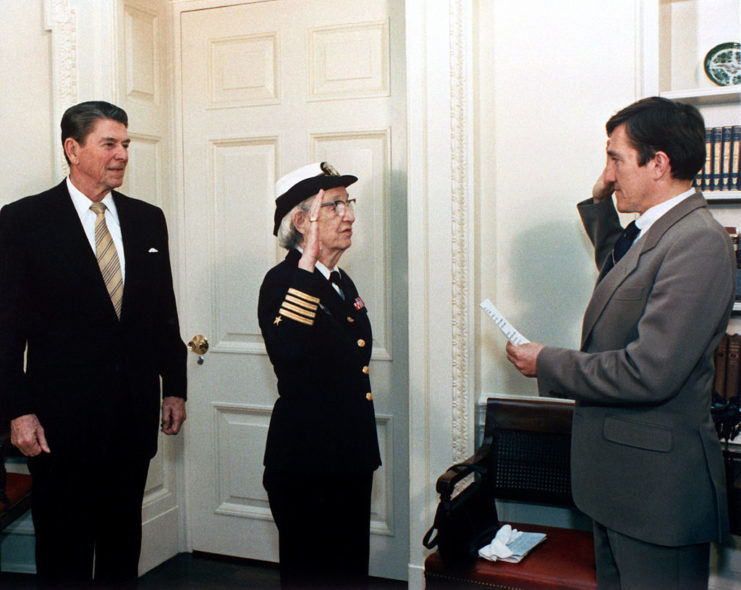
The rank of Commodore, rooted in centuries of naval tradition, traditionally sits above captain and below rear admiral. Its origins trace back to France’s knightly orders, where the commandeur held significant authority.
Commodore has historically been both a title and an official rank. As a title, it often denoted officers commanding multiple ships, even on a temporary basis. As an official rank, a commodore typically commanded a squadron within a fleet, under the overall leadership of an admiral.
In the United States, the rank fell out of use in the early 20th century, only to be reintroduced during the Second World War and subsequently phased out again after the war. It saw a brief revival in the 1980s, but due to confusion with honorary titles, it was eventually replaced with the rank of rear admiral (lower half).
US Air Force chief warrant officers
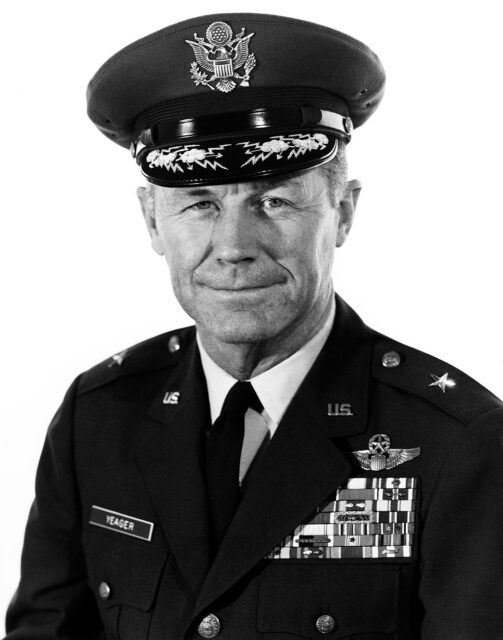
Chief warrant officers are a common presence in many militaries worldwide, including the United States – although, the US Air Force had ceased using this rank after the retirement of its last “Chief Airman” in 1992. In branches that utilize warrant officers, these individuals attain their position based on their specialized expertise within their respective service.
The Air Force had discontinued the use of chief warrant officers in 1952, deeming them unnecessary for its operations. However, amid ongoing discussions among airmen, a persistent rumor suggested a potential return of the rank.
This was confirmed in February 2024, when Air Force Chief of Staff Gen. David W. Allvin announced the plan to reintroduce it, specifically for airmen in the cyber and information technology fields. This decision aims to enhance the branch’s readiness for challenges posed by “Great Power Competition.”
Quartermaster sergeant
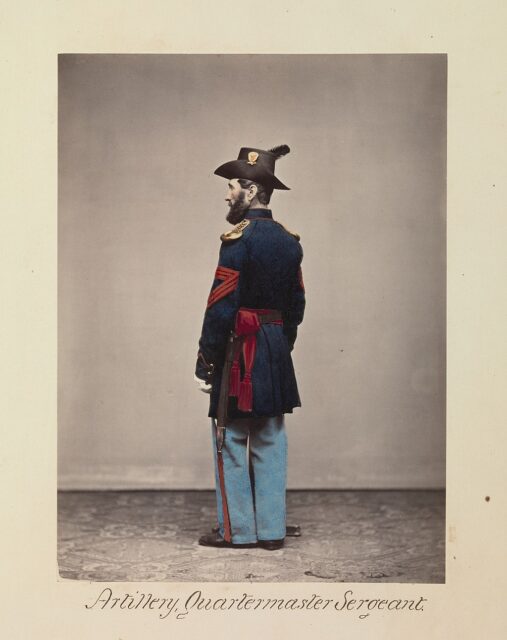
A quartermaster sergeant in the US military was tasked with managing the supplies for regiments and battalions, and he assisted the regular quartermaster. Other duties included overseeing the set up of camps, the distribution of supplies, the company’s tools and property. They rarely saw combat, but still undertook the drills and training required for regular non-commissioned officers. This way, they could replace them on the frontline in a pinch.
The rank of quartermaster sergeant was discontinued in 1921, after a command restructure.
Sergeant major general
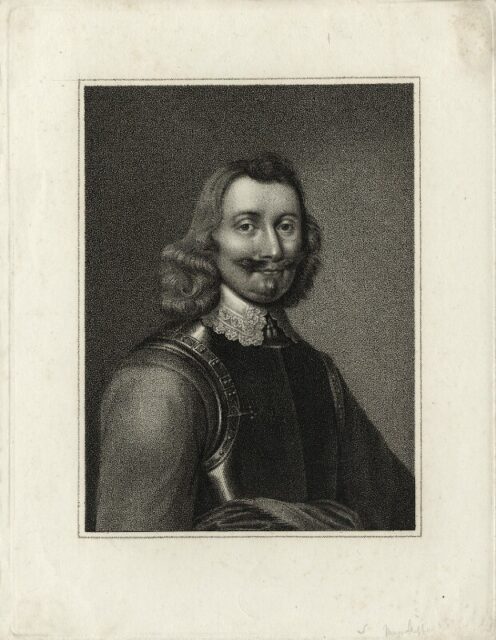
Another obscure rank, sergeant major general no longer exists, but it was once the most junior on the hierarchy of generals. The rank caused some confusion among enlisted troops, as sergeant major general was ranked below lieutenant general. However, a major is ranked above a lieutenant – we know, our brains are trying to understand this, too.
The most famous sergeant major general was Philip Skippon, who was a senior officer in the New Model Army during the English Civil War. Today, the rank is sometimes use within militias, but is otherwise kept out of modern military hierarchies.
Drum major
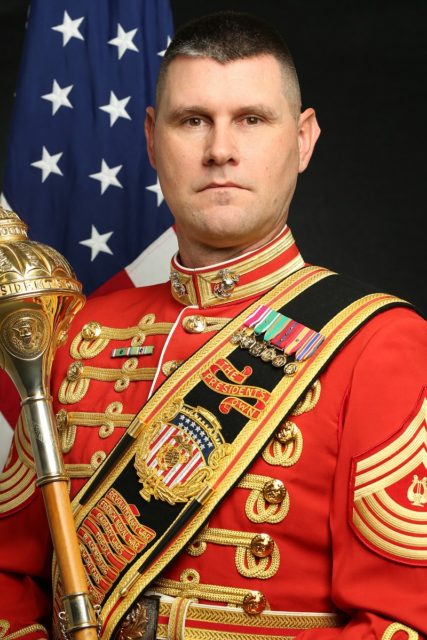
In the US Marines’ Marine Band, the drum major used to be the leader. Although it is not a rank anymore, the drum major is still responsible for the band’s overall appearance, decorum, and drill, as well as directing its members. They also wear a distinctive uniform, which includes a bearskin headpiece and a mace used for directing the musicians.
More from us: ‘Star Wars’ Almost Started a Real-Life War… Over a Sandcrawler Model
The role still exists, but its rank no longer does. The current drum major, Master Gunnery Sgt. Duane F. King, serves as the 40th Drum Major of “The President’s Own” US Marine Band. He became part of the ensemble in May 2014 and previously held the position of assistant drum major.
